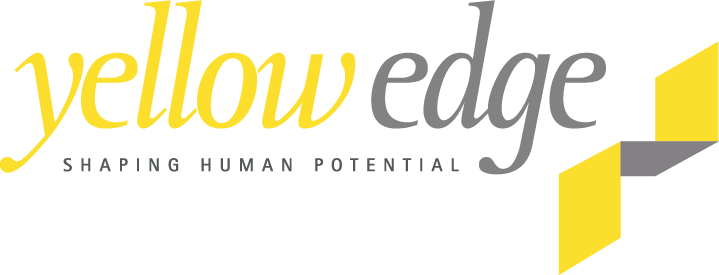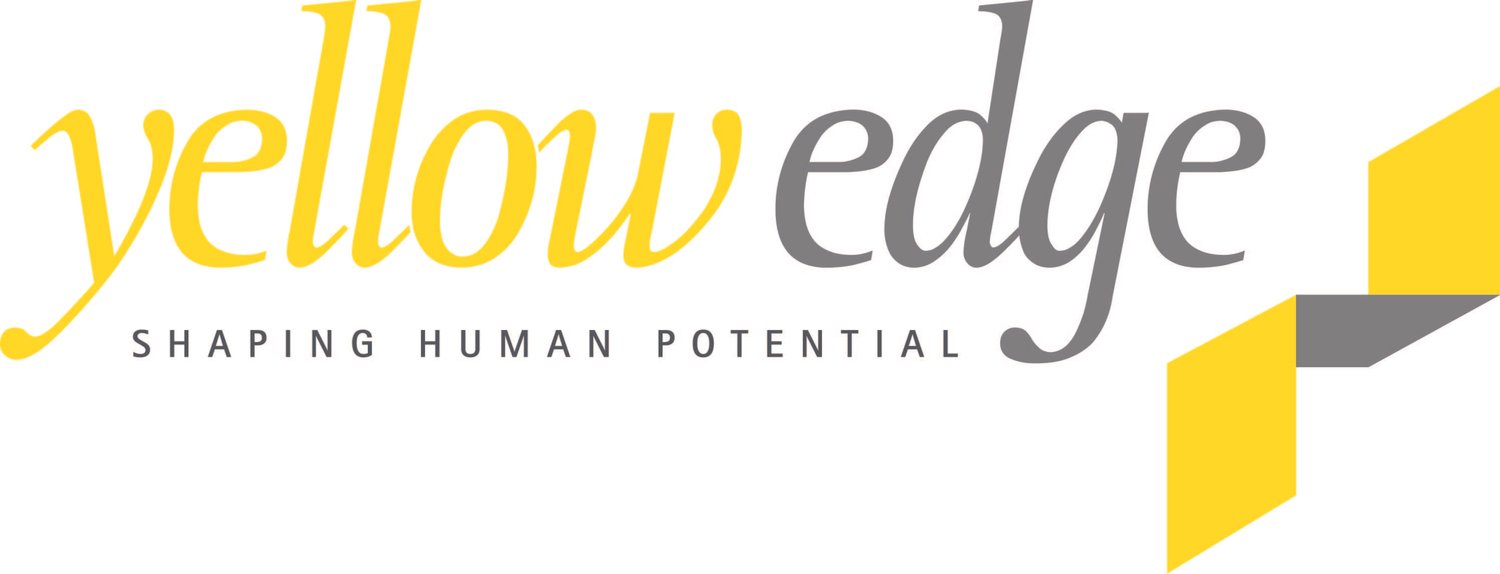38. Leading Thoughtfully for Transformation
by Andrew Simon
We are living in a kind of paradox. On the one hand, with the maturing of globalisation and leaps in technology, the opportunities for new products, services, business models, ways of doing things and opportunities for the creation of individual and organisational wealth seem limitless. On the other hand, governments are facing massive reductions in revenue. The financial and subsequent political pressures that all public sector agencies face and will continue to in the foreseeable future, place severe constraints and dampeners on what we think can actually be done and achieved.
It’s a painful paradox and it presents an urgentset of challenges for leaders working in the public interest to respond to. These challenges require new ways of thinking, working and leading. In short they require leaders todiscover new purposes for their organisations and to transform existing ways of working into new ways of working that can cope and thrive with this paradox. Doing the same thing better is not the answer. The question is not simply to do with productivity or quality. These are lens which are limited and not particularly helpful in transformation. Rather, it’s really to do with thinking about and acting on the changing meaning of public services and then serving the public interests in seriously different ways. In transforming the way we work and the way in which we lead.
The mark of all effective leadership is the realisation of purpose. The test of a transforming kind of leadership is the capacity to conceive a different purpose that is congruent with the future and the paradoxes and dilemmas this may offer. The test then also requires the capability to activate and transform the aspirations and motivations of people to achieve this new purpose, this new way of serving the public interest.
One way of doing this is to exercise genuine thought leadership. That is, the act of thinking our way through challenges (not just seeking to spend our way through) of joining ends with means creatively and innovatively to achieve new purposes.
Thought leadership obviously entails strategic and analytical thinking, but it also requires thinking that challenges our experiences and conventional wisdom through imagination, creativity and risk taking. Thought leadership is not intellectualism. Rather, thought leadership takes place in context and deals with real fundamental, wicked tensions and seeks to bridge these for possible practical solutions through the force of an idea that has authority and moral weight. The breakthrough idea is transformational in quality and the more complicated the times, the more leaders are called to lead thoughtfully. This kind of thought leadership is not just about domain expertise, although this remains important. Rather, this kind of thought leadership is trans-domain in nature and can tap multi-domain expertise to look at and reframe issues in different ways to create and design workable solutions.
Thought leadership therefore represents a kind of leadership that is essential to transformational organisations. Staying relevant to dynamic, fast moving strategic and operational contexts requires organisations to think and act differently and to build this capability at all levels.
Building this kind of thought leadership requires a culture that encourages cross boundary and cross domain collaboration, shared risk taking and reward, a design discipline to the creation of ideas and solutions and leadership that inspires people to expand their comfort zones and basic motivations to see their work and organisational contributions as vital to their self actualisation.
Andrew is Chief Executive of Yellow Edge a company focused on inspiring individuals, teams and organisations to greater levels of performance.


